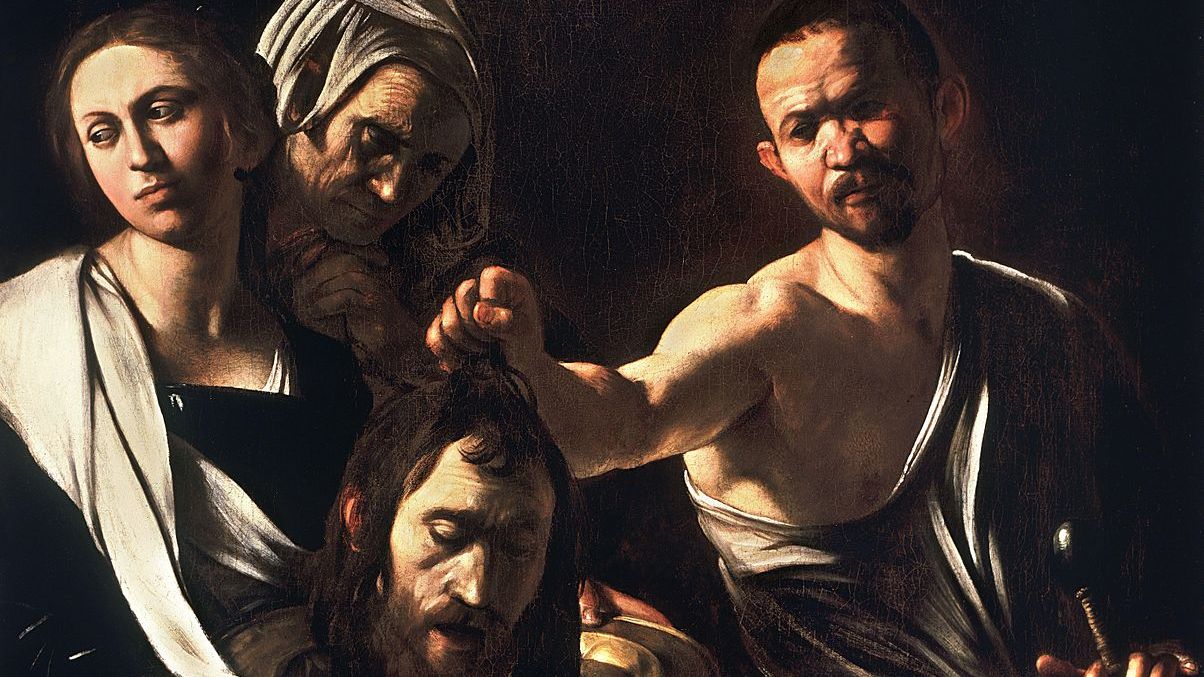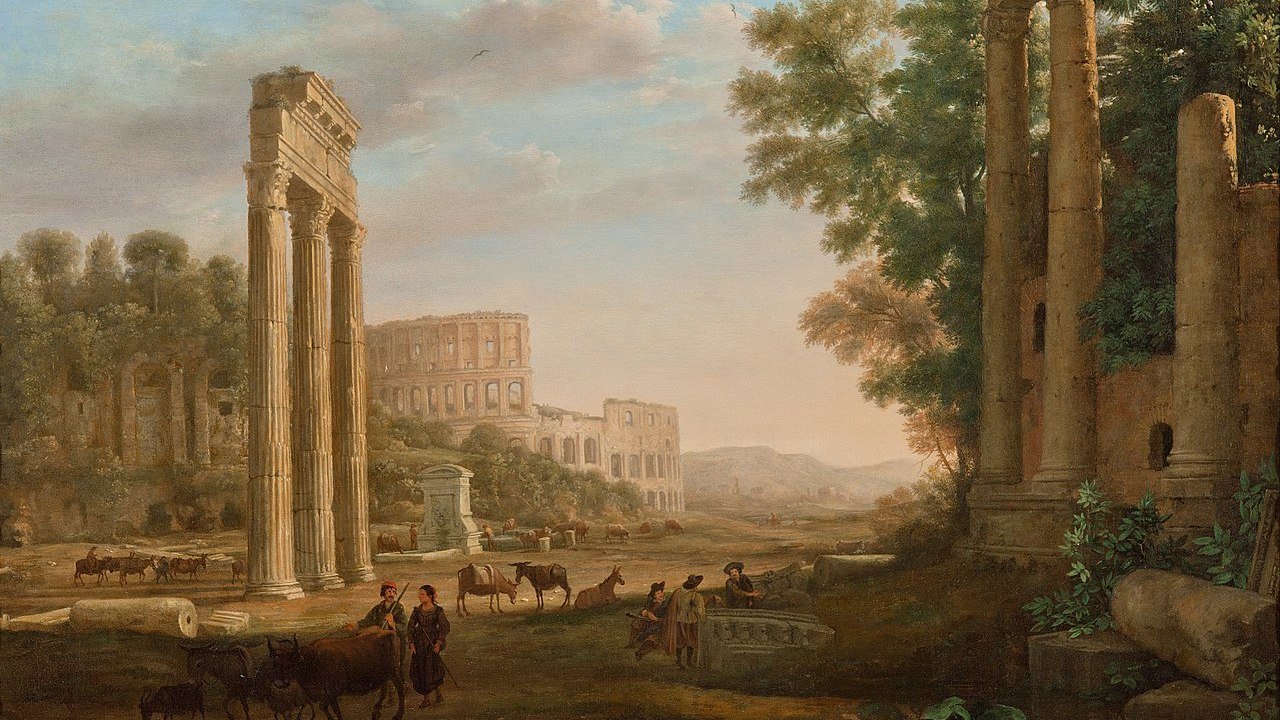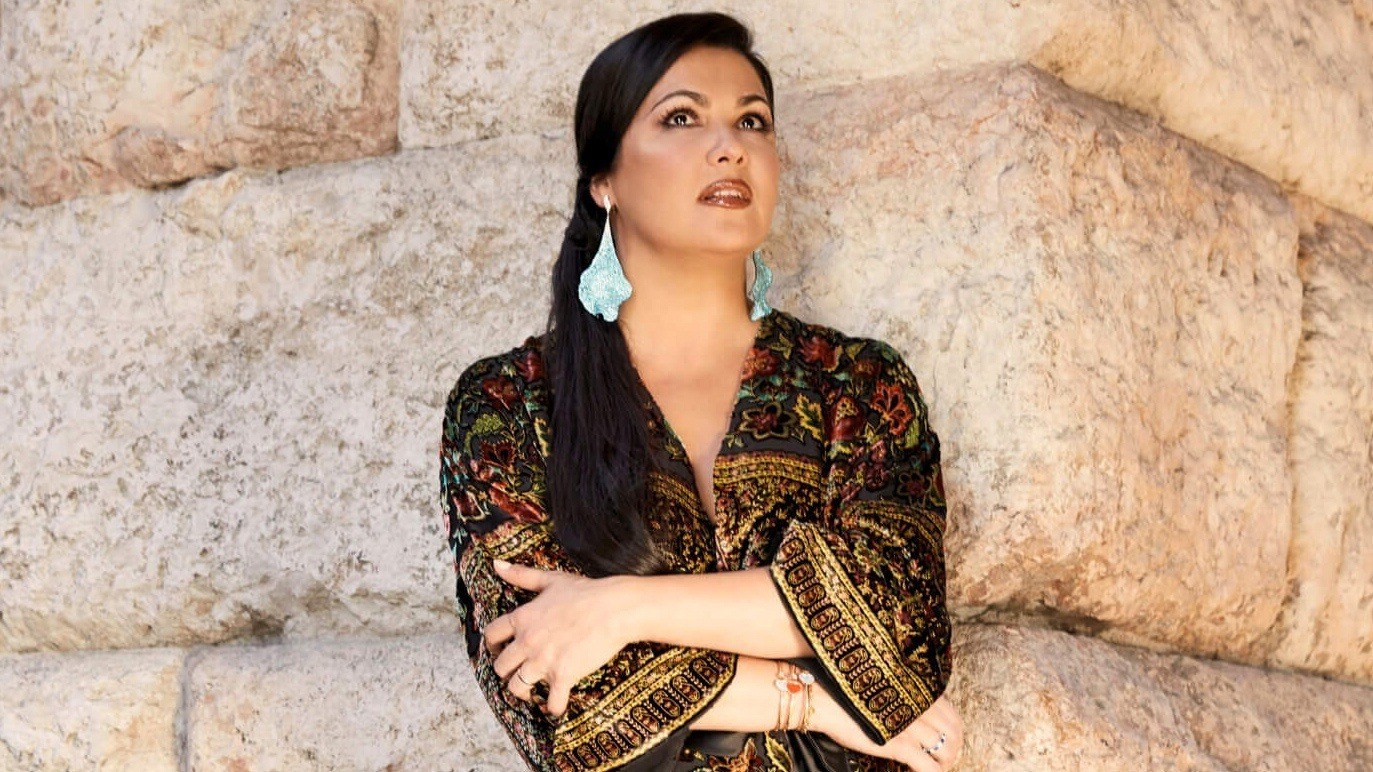Wagner’s Tannhäuser Overture: A Meeting of the Sacred and the Profane
In a January 1841 essay, Richard Wagner set forth his conception of the opera overture. He described this orchestral curtain-raiser as creating “a musical artwork entire in itself and providing a sense of the opera’s argument through the interweaving of thematic materials drawn from the opera to follow.” Wagner’s Overture to the opera, Tannhäuser, completed four years later, follows this model. In the story, based on German medieval legend, the knight, Tannhäuser, is …






